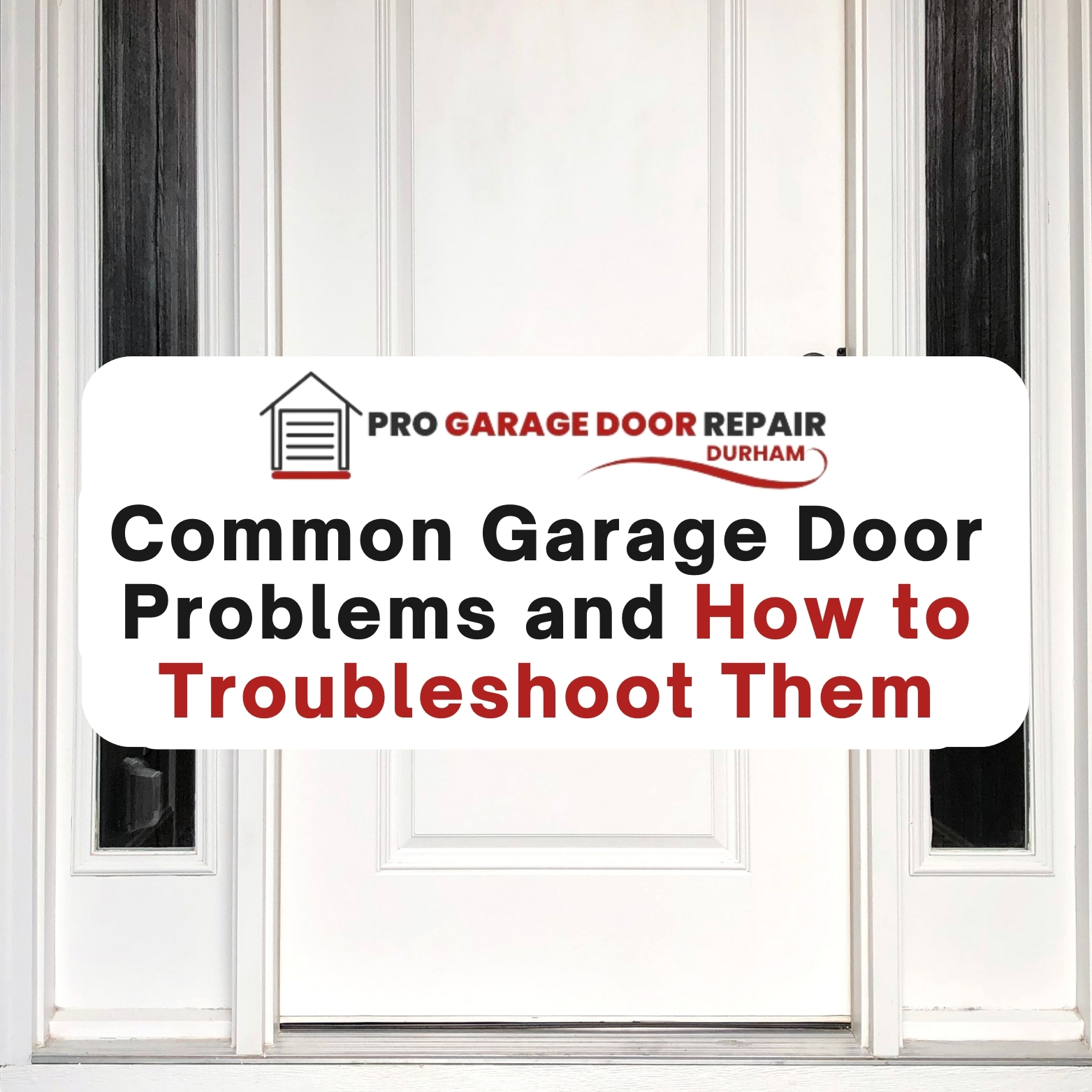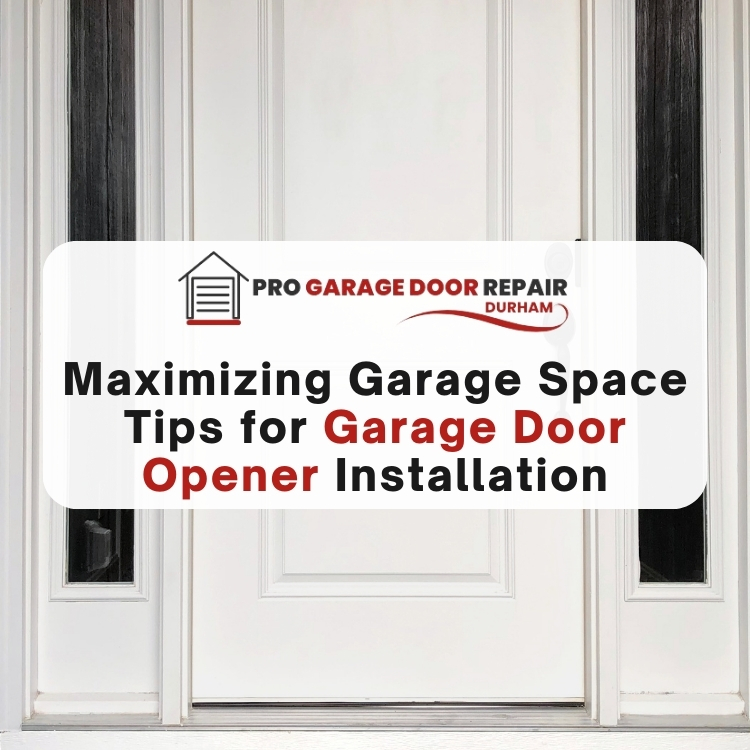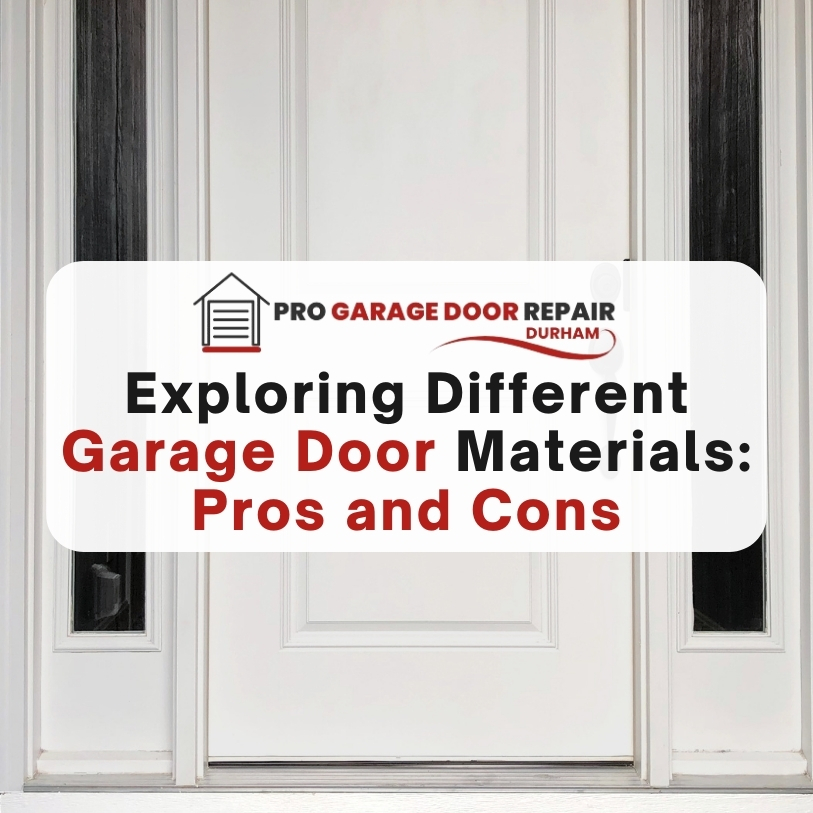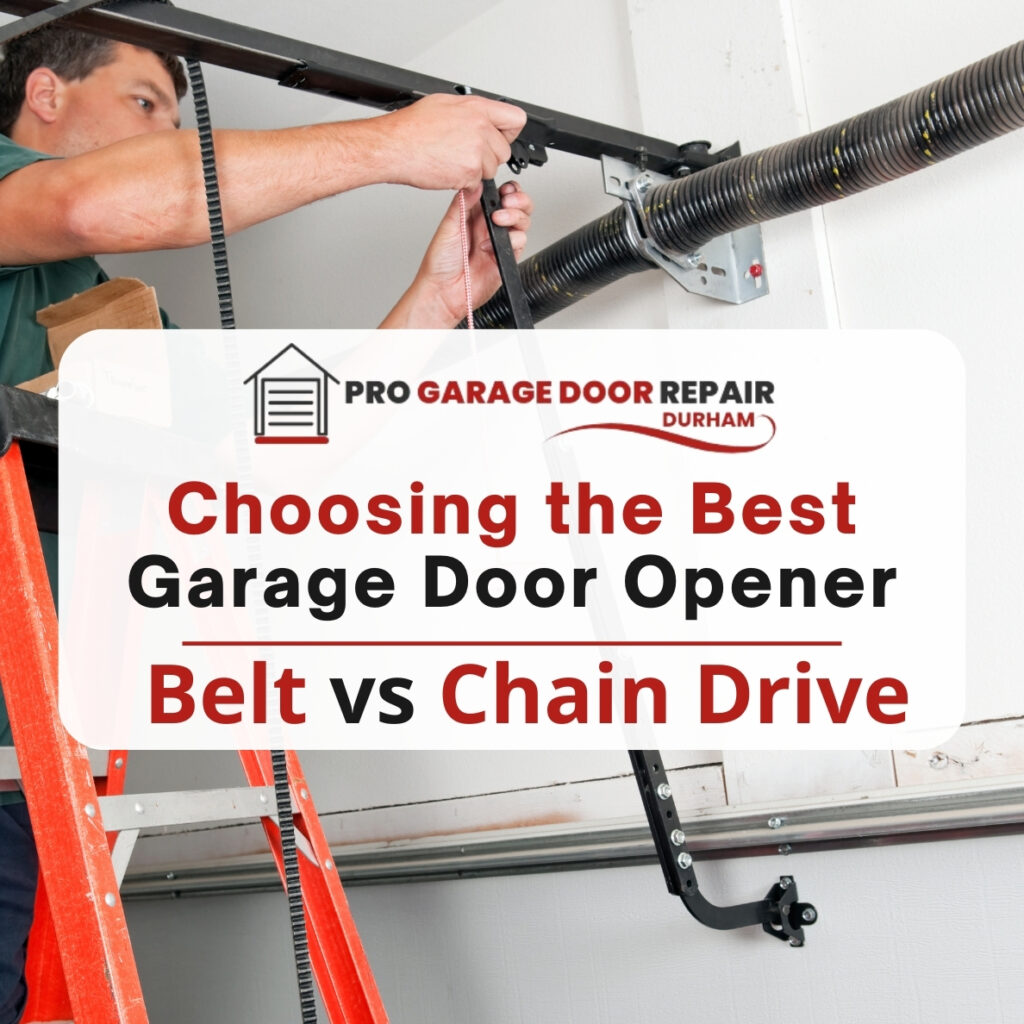Having problems with your garage door can be extremely frustrating. A malfunctioning garage door not only prevents you from parking your car inside, but it can also create security risks and impact heating and cooling costs as outside air enters your garage. Thankfully, many common garage door issues can be addressed with some helpful troubleshooting before calling a professional garage door technician. This guide will cover the most frequent garage door problems homeowners face and provide troubleshooting tips to try yourself.
What Causes Common Garage Door Problems?
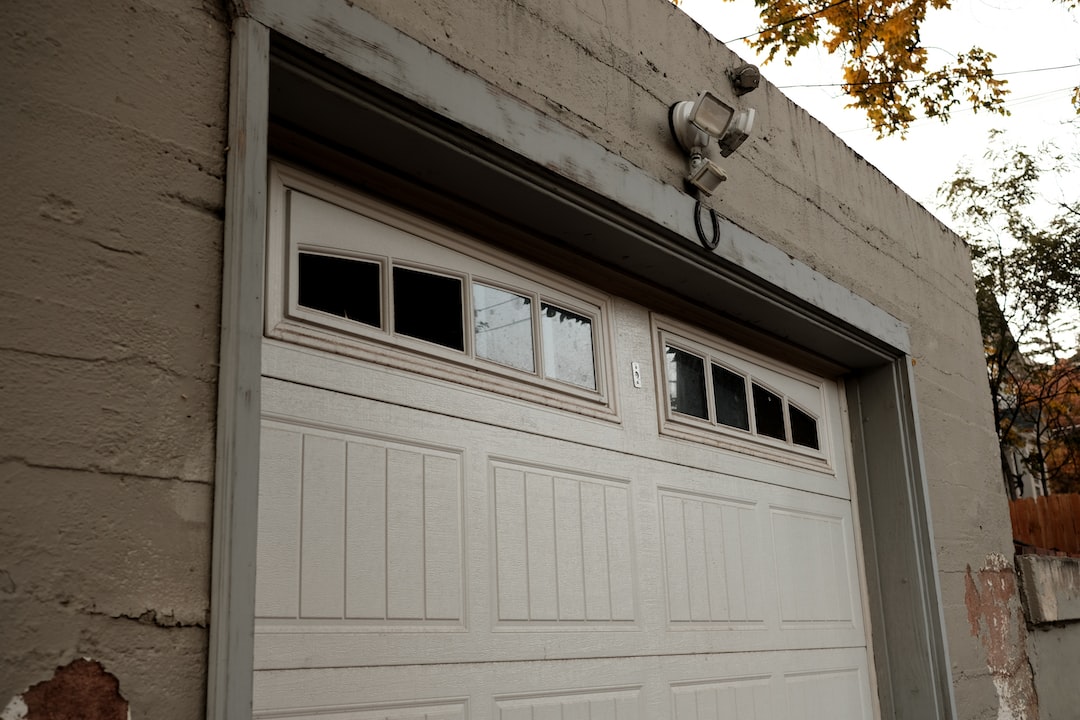
Garage doors have several mechanical parts that enable smooth operation, including metal tracks, rollers, hinges, cables, springs, and openers. Issues can occur if any of these critical components become misaligned, damaged, or worn out over years of use from opening and closing cycles. Additionally, garage door settings related to force limits and electronic eyes can get knocked out of alignment, causing functionality problems.
Some common causes of garage door problems include:
- Worn out springs: The torsion springs lift the door via counterbalance. Over time, these can stretch out and break.
- Damaged rollers/tracks: Metal tracks guide the rollers as the door opens and closes. Bending from force or material failure can impede movement.
- Dislodged cables: Cables running through the spring system connect to door brackets. Slack from fraying or disconnection affects performance.
- Opener issues: Mechanical issues in belt-drive or chain-drive openers lead to malfunctions.
- Misaligned sensors: The electronic eyes trigger reversal if objects pass through their invisible beam during closing. Knocks and bumps can shift sensors out of alignment.
- Remote control problems: Interference and low transmitter battery power negatively impact remote signaling ability.
Troubleshooting Common Garage Door Problems
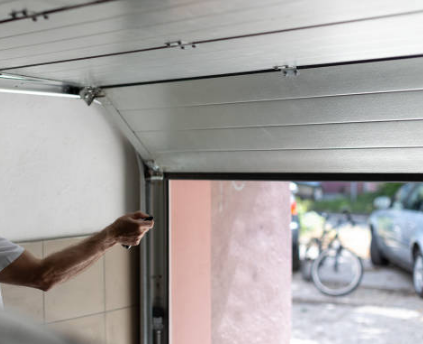
Many garage door issues can be troubleshooted with common tools and mechanical inspection before assuming the entire system needs replacement or paying for an expensive service call. Try the following garage door troubleshooting tips:
Noisy Operation
Excessive noise when the garage door opens or closes often indicates worn out or dry hinges and rollers. Troubleshoot noisy operation by:
- Lubricating hinges and roller shafts with machine oil
- Tightening any loose hinge and roller brackets
- Replacing severely worn or warped hinges and rollers
Squeaky operation should improve after lubricating moving components. Grinding noises may involve roughened track surfaces requiring sanding or filing.
Remote Control Problems
If the wireless garage door remote intermittently works or has extremely limited range, try re-syncing or replacing remote batteries prior to reprogramming or replacing the remote.
- Change batteries in all remotes to refresh connectivity
- Re-sync remote controls to operator using learn buttons
- Add additional remotes as needed for multi-vehicle households
- Replace remote if non-functional after replacing battery
Properly synced and powered remotes should function smoothly at up to 100 ft away from the garage door operator.
Door Reverses Unexpectedly
Automatic reversal when closing is a safety feature to prevent objects getting trapped, but unexpected reversals can indicate alignment issues with the electronic eyes or ground sensitivity settings.
- Inspect both safety sensor LEDs for steady green light when aligned with each other
- Remove obstructions like cobwebs and dirt from electronic eye path
- Realign sensors to point directly across doorway to receive transmitted beam
- Adjust opener sensitivity control to lower reversal frequency
- Replace faulty sensors that do not emit light
Ideally, the garage door should close smoothly without unintended reversal events if sensitivity aligns with door operation.
Door Fails to Open or Close All the Way
If a garage door opens only partially or closes with a gap along the floor, improper limit settings or obstructed tracks could be preventing full range of motion.
- Check tracks for dirt, rocks, bent sections impeding the rollers
- Test door balance by disconnecting the opener (beware of falling if springs are broken!)
- Clear any smudges or shading on electronic eye lenses
- Reprogram the opener travel limits and force limits according to manual instructions
- Adjust lift tension for weighted doors to supply adequate lifting force
Resetting the open and close travel limits matched to the garage doorway’s height should restore the ability to fully open and close the door.
Opener Light Flashes Continuously
Constant flashing of the opener light often corresponds to Errors logged in the motor unit that prevent operation.
- Note number of flashes and check manual for diagnostic code
- Inspect chain drive or belt actuation for damage
- Reset opener by disconnecting and restoring power
- Update firmware if available for model
- Replace logic board if defective
Diagnostic light codes vary by opener brand and model, helping to pinpoint mechanical failures for repair.
When to Call a Garage Door Technician
While the above troubleshooting tips can address many minor garage door problems, it’s important to contact a certified Professional Garage Door Repair for potentially dangerous mechanical issues or complex repairs needed to get your garage door working properly. These include:
- Broken torsion springs – Exercise caution given dangerous tension levels
- Off-track doors severely jammed in openings
- Replacing entire operating units
- Advanced electronic eye and wall console programming

Investing in professional preventative maintenance every 1-2 years will help minimize problems and ensure operational safety of this important household access point. Prompt service calls also reduce further damage when issues arise.
Preventing Future Garage Door Problems
A well functioning garage door system not only offers convenience but also security. Help avoid frequent problems and service calls with good preventative maintenance:
- Monthly visual inspection of hardware
- Biannual proactive tune-ups
- Keeping rollers, hinges, and tracks lubricated
- Testing door balance and realigning twice per year
- Upgrading ageing openers with modern safety features
- Replacing spent batteries in remotes before they die
- Checking and adjusting sensitivity controls if accidental reversals occur while closing
Taking preventative measures will help provide reliable, smooth operation for years before major component replacements become inevitable. Noticing small problems early also prevents more expansive issues.
Having a properly functioning garage door you can rely on matters for ease of access and safety. With a sound mechanical system and sensors aligned properly, common garage door problems become minor hurdles easily cleared during regular operation. Pay attention to any noises, reversals, or failure to close, and try the applicable troubleshooting steps. If issues continue after attempts to lubricate, realign parts, and adjust opener settings, professional garage door repair may be warranted. But you’ll have peace of mind knowing you maximized what you could address yourself before calling for service.

